Itchy Scalp After Braids: Here’s Why and How To Stop It
Beauty that’ll make you uncomfortable and restless is no beauty at all. It may not even be worth the transformation. I will repeat it, itchy scalp after braids are no fun at all.
At a point, you will be confused about whether to endure the pain and stop it or take off the braids immediately.
Yeah, I understand how it feels.
My sister once took down her hairstyle a day after installation because she was restless.
In today’s post am going to discuss the possible causes of itching scalp after installing braids, how to stop the itchiness, plus tips to maintain your braid hairstyles the right way.
Also Read:
- How Often Should You Do Hair Masks Treatment?
- Spring Twists vs. Passion Twists: Which is Better?
- How Long Do Cornrows Last? Everything You Need
- Can Fermented Rice Water For Hair Growth Go Bad?
- Is Keratin Treatment Good or Bad For Curly Hair?
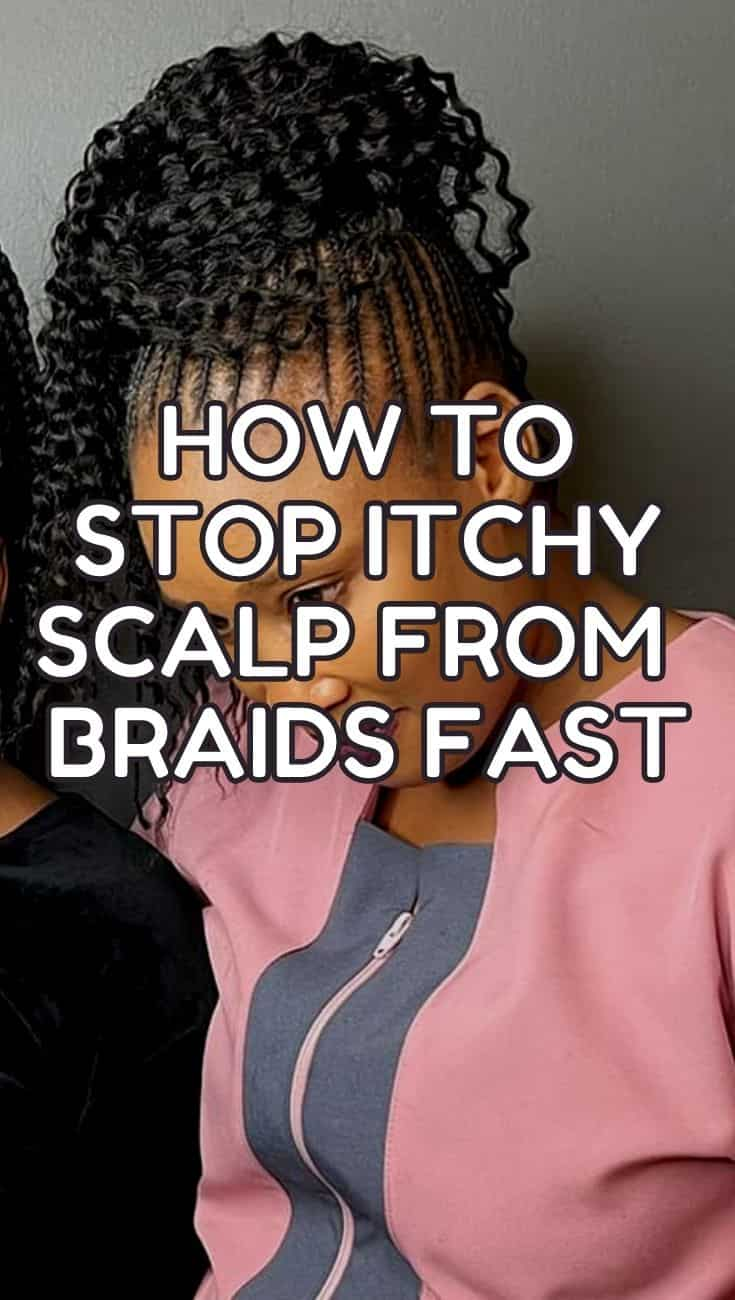
Why Your Scalp Itches After Braiding & How To Stop It
1. Extension Allergy
Trust me; not everyone knows that almost all synthetic extensions are chemically treated.
And anyone can be allergic to these chemicals, especially the Akaline base that protects the synthetic hair from heat effects.
Allergies can also occur when using human hair, but it’s less common compared to synthetic. From most reported cases, the signs of synthetic hair allergy can go beyond an itchy scalp.
Some people may notice bumps all around their hairlines, redness of the scalp, headache, and more.
So before you install the extension, make sure you pre-treat them properly.
But if you already have the extension installed and don’t want to take them down, here’s how you can remove the impurities while it’s still on your head.
How To Prepare Synthetic Hair Before Installation:
- Get Apple Cider Vinegar, a clean bowl, and hot water ready.
- Pour 1 cup of ACV into the bowl and add 2 – 3 cups of hot water.
- Put the hair into the water and make sure it is fully covered.
- Allow the hair to stay in the water for 20 – 40 minutes; you will notice the water changing color (in the form of a white precipitate or film)
- Pour away the water, add new warm water to the bowl, and put the hair back into the fresh hot water.
- Let it soak for 2-3 minutes then, pour away the water again.
- Rinse the hair again and again until the water runs clear.
- Drain the excess water out from the extension, then air dry.
- After the water is all out, use your brush or comb to run through your hair; this is just make sure you keep it back in form in case you squeezed too hard.
- Now your extension is ready for installation.
2. Dry Scalp, Flakes, or Dandruff
Flakes and an itchy scalp are signs of dandruff.
So if you noticed dandruff and itching signs on your scalp, know that your scalp is telling you to care for it right away.
Some people’s hair and scalp are naturally dry and need care more often.
And in situations like this, if you fail to hydrate and moisturize the hair, it can cause itching and appear unkempt.
Tip: Moisturize your hair every day; I will always recommend using whatever products that help keep your hair moisturized.
If you have a dry scalp, use oils designed to nourish the scalp and hair. But make sure you don’t overuse.
Also, use a braid hair treatment product that keeps dandruff at bay. Sulfur 8 Dandruff Treatment is a good example.
3. Hair Covered Too Much
In the cause of protecting your hair, you wrap, cover, or tie it with a scarf, hat every time without understanding that too much covering causes itching.
Try to cut down how long and how often you cover your hair; give it enough breathing space.
Also, be cautioned about the type of hair cover you use on your hair; avoid thick materials.
4. Change of Style
Some ladies ‘ hair and scalp are used to one kind of style.
Either the scalp is an all-covered style or partly exposed one.
So when they switch styles, their scalp reacts while trying to adapt. You may be one of those ladies.
For example, If you have been wearing wigs covering all of your hair and scalp for years.
Then suddenly, you decide to change to a style like braids that leave some areas of your scalp exposed.
Your scalp may itch because it wasn’t exposed like this before.
Tip: If the change of style is the cause of your itching scalp, I assure you that the itching won’t last long.
Just give your scalp some help and time to adapt.
5. Very Tight Hairdos
Yes, very tight braid hairstyles also contribute to the itchy scalp after braiding.
Aside from causing pain, tight hairstyles can trap dirt and natural sweat in-between the scalp and the braid, which is sometimes not easily accessible for clean up.
And when there is hidden leftover dirt and buildups, it may cause dandruff, which results in itching. Some people believe that tight hairstyles last longer than slightly loose ones.
But is it worth it to wear one hairstyle for two months while endangering your hair? Tight hairstyles can even cause permanent hair loss.
Tip: Avoid very tight hairstyles; they aren’t doing you any good.
6. Dirt and Build Up
Product residue and natural build-up like sweat, harden sebum, and dirt can irritate your scalp.
They do not only cause itching scalp; they also obstruct the growth of new hair and can even lead to hair loss.
Tips: Avoid using too many products; sometimes, if you use two or more products that perform a similar task, it can result in build-ups.
Clean up your scalp once or twice a week and when your moisturizing shampoo no longer works effectively.
Break the rules and do it the hard way, which is to — use a clarifying shampoo to remove all buildup left behind.
Also Read:
- 6 Solid 3A Hair Care Rules You Must Never Break
- How Long Do Spring Twists Last?
- 4 Ways To Achieve Hair Goals With Extensions and Wigs
- How Long Do Passion Twists Last on Hair?
- 61 Ombre Braiding Hair Color Ideas And Hairstyles
Let’s Talk About Prepping Your Hair for Braiding
If there are things that can save you from an extension disaster, prepping your hair is one of them.
Treating your hair before styling is important as anything else.
It’s just like preparing for exams because that is where the success or failure of any hair lies.
To show you how important prepping is, here are the benefits of prepping your hair.
- It ensures your hair is healthy and has enough strength to handle extra weight and tension.
- Prepping helps to nourish the hair and the scalp.
- It eases braids management during and after installation.
- Prepping your hair at home saves you time, and the time it will take your braider to do your hair.
- Prepping ensures your hair is free from any hair-related issues, like dandruff, dry, itchy scalp, etc.
So here’s how to prep your hair for braid styles;
NB: The first thing you need to do is give your hair some time (at least two weeks) to gain strength and then try these strategies naturally.
Tips To Maintain Your Braids The Right Way
- Try to redo braids near your hairline when they get loose to avoid unnecessary tension and extra weight.
- Keep your hair moist 2-3 times a week with a leave-in conditioner.
- Braids are one of the best long-term protective African hairstyles for women but don’t keep them on for too long.
- Ensure you protect your hair at night; this will help your style in a lot of ways.
- Avoid hair products that contain Alcohol and petroleum (grease)
- Avoid hair products that can add weight to your hair.
- Trim off the hair that refuses to stay at bay, but be mindful not to cut out your natural hair.
- Be mindful of your hair if you love swimming. The pool water has chlorine, which can strip off the natural oils in your hair and scalp, leaving them dry.
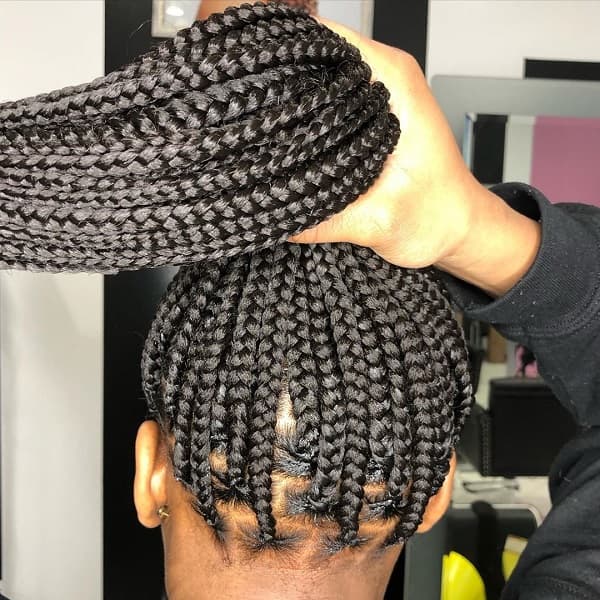
After you are done and satisfied wearing your braids, be very careful how you take down braids because this is where damage can be done.
Try as much as possible to avoid excess breakage.
You can even book an appointment with your braider to take the braids down.
Now I would love to hear from you:
Did you find our article on the itchy scalp after braids helpful?
Or maybe you have questions or experiences to share with us.
Either way, let us know by leaving a comment right now, and don’t forget to share with friends who love braid styling.

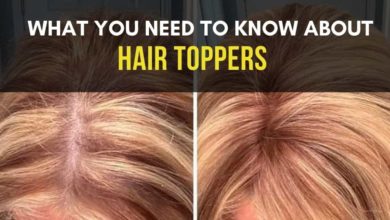
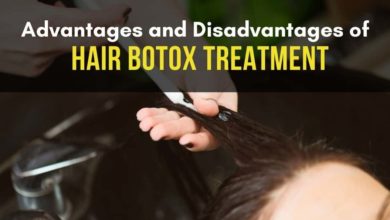
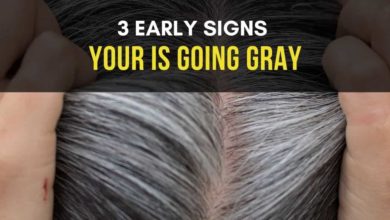
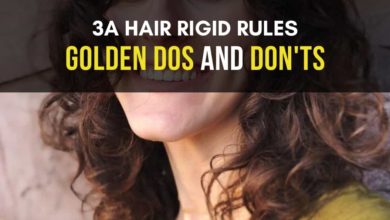
I had my crochet braids in for about 4 months 🤦🏾♂️ Yes I know better and won’t leave it that long again … however I went and got my hair done by my beautician and noticed that my scalp was more tender and that it’s itching somewhat a lot … especially in a certain section … what does this mean ?
Thanks
Hi Tisha,
I can’t directly state what it means, but I can point out the possible causes of scalp tenderness and itching, and one of the main causes is tight hairstyles.
Other frequently linked causes includes allergy, rashes, sunburn, headlines, and improper use of hair care tools and products.